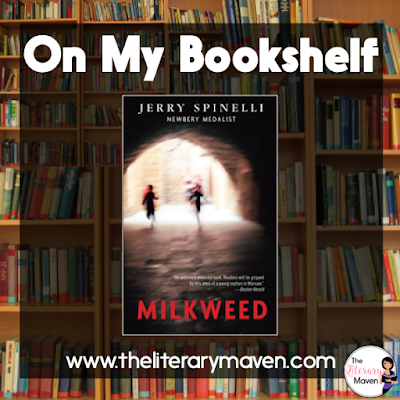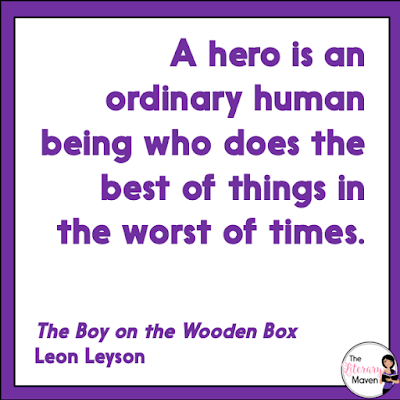He's a boy who lives in the streets of Warsaw. He's a boy who steals food for himself, and the other orphans. He's a boy who believes in bread, and mothers, and angels.
He's a boy who wants to be a Nazi, with tall, shiny jackboots of his own-until the day that suddenly makes him change his mind.
And when the trains come to empty the Jews from the ghetto of the damned, he's a boy who realizes it's safest of all to be nobody.
Newbery Medalist Jerry Spinelli takes us to one of the most devastating settings imaginable-Nazi-occupied Warsaw during World War II-and tells a tale of heartbreak, hope, and survival through the bright eyes of a young Holocaust orphan.
At the start of the novel, Misha knows nothing: where his family is, where he came from, not even his own name. He joins a group of ragtag orphan boys, most of them Jewish who roam the city, eating and sleeping where they can, until the Warsaw ghetto is built and closed off from the rest of the city. Uri, one of the other boys in the group, takes Misha under his wing, names him, and makes up a story for him of what his past life was life. Uri thinks Misha is likely Roma (Gypsy) and as an adult reader, I inferred that Misha was suffering from extreme PTSD as a result of whatever terrible thing had happened to his family.
Misha becomes close with a Jewish family who has a young girl his own age named Janina. Before moving into the ghetto, Misha leaves food for Janina and her family. After the ghetto is closed up, Misha begins living with them in their quarters and sneaks out of the ghetto at night to steal food for them. Misha tries to save Janina when the ghetto is liquidated, but she is unwilling to leave her family. I especially appreciated the section of the book focused on Misha's life after he emigrated to the United States, in which he struggles to maintain his sanity and normal relationships as a result of the trauma he has experienced.
Classroom application: We chose Milkweed as one of the six options for our literature circles this spring. All of the texts were set during the Holocaust and WWII and connected to the theme of "decisions that matter." There is some violence and death, but because Misha avoids being sent to a concentration camp, the content was overall less disturbing than some other Holocaust books.
If you are interested in purchasing a copy of Milkweed for yourself, you can find it on Amazon here.
Note: The Literary Maven is a participant in the Amazon Services LLC Associates Program, an affiliate advertising program designed to provide a means for sites to earn advertising fees by advertising and linking to amazon.com.


























